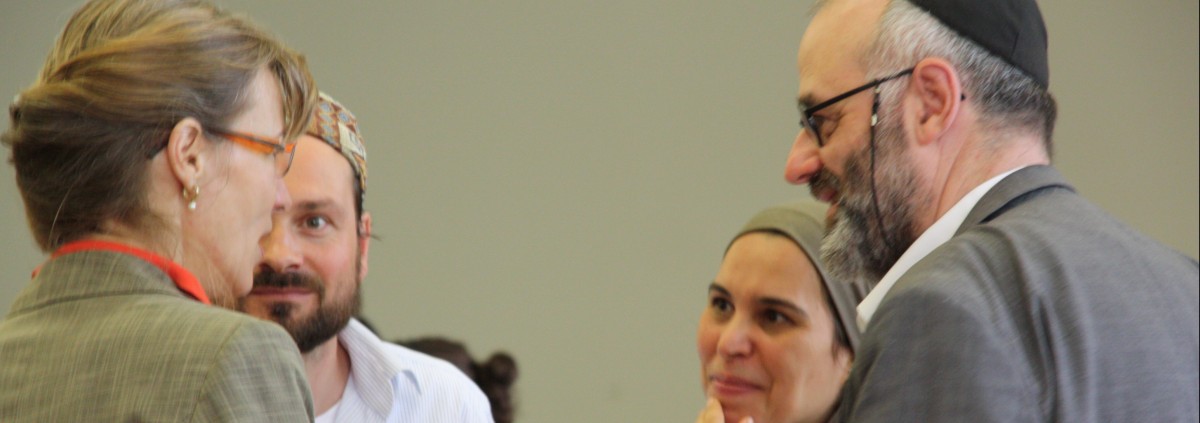Guidances for LECTURERS
In recognizing that diversity is a part of our everyday reality, education should view diversity as a rich, contributing factor in the process of becoming fully human. This programme offers an insight into what it means to live in a diverse society and global word and how to respond fittingly through one´s values. At this programme´s core is the idea of Learning in Encounter. To help you implement Learning in Encounter at your university, teaching materials are provided on the platform under ´Teacher Education´. These materials, developed by international pedagogical experts, include didactic guidelines and topic-specific lesson materials. You can find a list of detailed information about organizing a study day (1) at your university, a list of possible topics (2), and other documents (3-11) on the right-hand side. The competencies (10) that can be initiated through the programme are on the right.
Organizing a study day for your university is not difficult. Here are the seven steps you need to follow for the organization of a study day virtually or on-site:
STEP 1: Find possible partners for your study day, contact colleagues from other subjects of study from your own or other universities. In the section ‘community’ a list of participating universities will be provided for you.
STEP 2: Once you have found encounter partners, all participating partners must choose a common topic for the study day (2). A list of suggested topics is provided on the right.
STEP 3: Once a topic is chosen, find a date for the study day which suits all partners. It is recommended to distribute the various preparatory tasks among the participating partners. You can find a checklist (3) with the organizational requirements on the right.
STEP 4: Each partner must complete the first phase of the four-phase model: preparing students by providing them with didactic material and reviewing the guidelines for the group work (virtually or on-site) of phases two and three (e.g. formulating their questions). Instructions for students on how to create posters or PPT are also available (12).
STEP 5: When the topic is prepared so far, start to organize the study day. A template for a study day schedule (4) and a helpful template for the grouping of heterogeneous groups (5) can be found on the right. It is helpful to prepare for the group atmosphere (6) (in breakout rooms or on-site) through warm-ups and social games. You can use the determined dialogue rules (7) tried and tested in the study programme or develop your own, prepare conflict resolution strategies (8), and decide on group roles such as moderator and timekeeper. Document (13) can encourage students to use English as a Lingua Franca.
STEP 6: The final step is to perform the study day (see 1 & 4) including the evaluation.
STEP 7: In the next session of your university course after the study day, students reflect individually and collectively about their thoughts and experiences of the study day. For this, you can use the reflection questions (9) developed and tested during diverse study days of our universities.
If you want to join the programme, please register. In this platform´s community, you can contact participating universities and share your experiences with colleagues and students. The FAQs (11) are also helpful for any upcoming questions.
The following video offers an insight into a study day on site:
